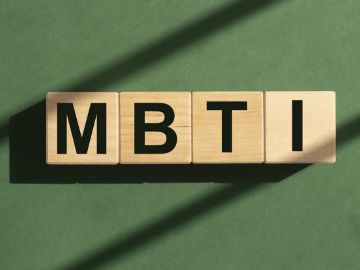How to Describe Your Work History on Your Resume

A recruiter will look at a resume to decide one thing: Does this person have the experience to qualify them for this job? The difference between getting and not getting a job often lies with the work history section of your resume. This section outlines your past experiences and achievements in your previous job positions or completed projects.
Learn to describe your work history in your resume correctly to optimize your chances of landing your dream job. Give your application credibility by only including information that is valuable to an employer. Understand how to format the work history section and also be aware of what you shouldn't include in your resume.
Formatting Your Work History
Before you write your work history on a resume, it's vital to know how to format it. Formatting incorrectly can cause your resume to be unclear and confusing to a recruiter. Here are some tips for formatting the work history section of your resume correctly.
- List your Work History in Reverse Chronological Format - Your most recent position or project should go at the top of your resume and previous positions should chronologically follow underneath.
- Include the Necessary Details - Write the job title, company name, and location of employment. You should also include the month and year you started and left the position.
- Bullet Point the Impact You Made - Write 3-6 bullet points of what you accomplished while you worked at the company.
- Write in Phrases - don't begin with "I" when writing your bullet points. Instead, begin with a strong verb and write a concise phrase of what you achieved.
- Use the Correct Tense - when listing a current position, use the present tense. When listing a previous position, use past tense.
- If Experience is Limited, Include Other Details - include volunteering, extracurricular activities, and internships if you have little to no job experience.
- Have a Separate Skills Section - leave space on your resume to list one-word hard and soft skills. Focus only on your work accomplishments in your work history section.
Use these tips to get a basic idea of what your work history section may look like. Having a foundation to build from will enable you to know how to create resumes for all types of jobs that interest you. Now you have a grasp of the structure, it is time to begin thinking about the finer details of how to describe your work history.
Describing your Work History
When describing your work history, you should include experiences from the past 10-15 years. The more recent the history, the better. This shows how you are up to date with working in a certain field or industry.
The experiences you include on your resume should be tailored to the job you are applying for. Study the job description and research the company culture. If you have accomplishments that are more suited to the job than others, then prioritize them in your bullet points to send a clear message of what you're capable of.
Here are some tips for what to include in your work history bullet points:
- Focus on the Results - Instead of just speaking about the process of what you did in your job, zone in on the outcome. Offer the recruiter facts on how you specifically advanced the company you worked for.
- Use Quantitative Information - There is little a recruiter loves more than measurable data. Use quantifiable numbers to drive a bullet point home. For example, instead of writing "I helped the company grow a lot," you can say, "increased company growth by 5%."
- Note the On-Site Training - If training from a previous job has allowed you to acquire a valuable skill, then make sure to mention it. If you can bring any added value or save a company the time and resources for training you, then use it in your favor.
- Show-off Any Awards and Honors - If you were recognized and rewarded for your hard work in a previous position, it is absolutely worth writing this down on your resume. Be proud of your past performance and let the employer know about it.
Use these tips as guidance for the work history section of your resume. You may have more to write about than what is mentioned above as everyone has had different experiences. If you do, make sure the information is valuable to the employer and keep it concise.
What to Avoid Putting on Your Resume
We've discussed what you should put on your resume, now let's talk about what you should avoid. A resume must fit onto one or two pages (one is better than two) so don't waste space on the page with unnecessary information. If you have too much filler, a recruiter will dismiss your application.
Here are a few tips on what not to include in your work history section:
- What the Organization You Worked for Does - Your resume isn't about your previous company, it's about you.
- The Requirements of Your Previous Positions - Your job title will usually communicate your job requirements to an employer. Your result-focused bullet points should also give an idea of what the requirements of previous roles were.
- Filler and Buzz Words - You don't need to use words such as "I" and "the" in your resume. As well as this, buzz words such as "creative" or "dynamic" are quite meaningless in the context of a resume.
- Unimportant Facts - As mentioned earlier, prioritize your accomplishments in terms of relevance. If it doesn't relate to the job you're applying for, do you need to include it?
Describe Yourself
Once you begin writing resumes, it can quickly become tedious and boring. Keep positive, include relevant facts about your previous work history and exclude anything that is filler. Most importantly, give an employer a true reflection of yourself and your past work experience.



